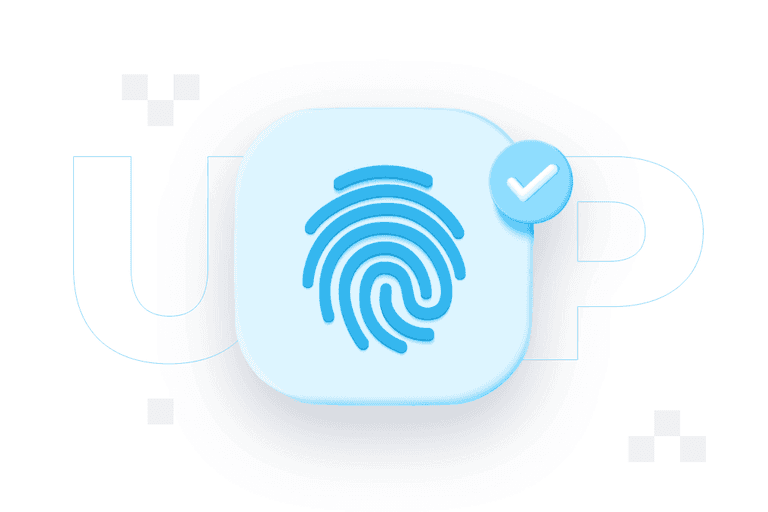
Unique Selling Proposition (USP) – what it is, examples

E-commerce mercilessly homogenises products and brands. In order to sell something online, you need to stand out strongly and decisively from the competition – if only by means of a lower price, adding a gift to the product or providing it with original packaging. What is a USP and how do you discover what it is for your brand?
USP – what does it mean? Definition.
USP stands for ‘unique selling proposition’ or, in another version, ‘unique selling point’ (we use these terms interchangeably) and translates into Polish as Unikatowa propozycja Sprzedażowa. It is a term from the vocabulary of classic marketing (it has been used since the 1940s), which turns out to be of particular relevance in online commerce, where the shopper has ‘at a glance’ access to thousands of shops with similar (and often identical) offers.
In simplest terms, a USP is the aspect of a product, offer or brand that sets it apart from the competition. A good Unique Selling Proposition is distinctive and unique (so ‘best quality at best price’ will definitely not work). The USP is the subject of a brand’s slogans and advertising campaigns, because it is supposed to be the first association that comes to mind for a viewer who hears its name or sees its logo. It can be an added benefit for the customer, solving their problems and making their lives easier.
USP is closely related to the concept of UVP. A unique value proposition, also known as a Unique Value Proposition, is a unique feature that distinguishes a company in the marketplace and represents its brand promise, not just the product or service itself. Nowadays, when it is difficult to compete on price, quality or uniqueness of offering, companies need to focus on competing on the value of their brand. This means offering customers solutions that are unique and differentiated from the competition. A unique value proposition (UVP) communicates to us in an interesting way how our brand stands out in the market, while a unique selling point (USP) tells us why we should be interested in the brand and what benefits it can bring to the customer.
What could be a USP?
The uniqueness of an offer can consist of many aspects related to the product, the way it is made, but also the company image, customer service or delivery issues:
- very low/lowest price,
- extremely wide range of products,
- unique technology and unusual product features,
- speed and convenience of purchase,
- customisation possibilities of the product or service,
- free delivery,
- speed of delivery or service,
- unique packaging for unique unboxing,
- possibility to return (test) the product for free,
- long warranty,
- evoking a specific emotion in the user,
- unusual marketing,
- care for the environment (e.g. in production or distribution),
- attention to important social issues (CSR) and charitable activities of the brand.
Of course, the possibilities do not end there, and every brand should strive to make its USP as… unique as possible. Not just within its own niche. Finding a truly unparalleled proposition to offer anywhere else can require not only knowing the industry, company and product ‘inside out’, but also additional research.
How do you find your own Unique Selling Proposition?
Determining what might be our USP may seem difficult at first. Finding a brand differentiator requires first and foremost learning about the needs and profile of the target audience – their expectations, how they use both the web and our product. In other words: it will not be insignificant to create a Persona.
It is also definitely worth listing those features of our product or service that constitute its uniqueness and differentiate it from other, similar ones available on the market.
The next step should be to analyse the activities of the competition from which we want to differentiate ourselves – this will allow us to look at the offer from the ‘outside’ – what elements of it are not present (or are poorly emphasised) in competing offers?
Careful analysis of these three elements should uncover what (when properly promoted) can become a brand’s USP.
Where and how to communicate your USP
The marketing message associated with our USP should reach as wide an audience as possible. For this to happen, it is not enough to communicate it on a website. In order to achieve the desired results (i.e. an increase in sales and enquiries), you will need to use all available marketing channels:
Social Media
Company social media profiles are the ideal place to continuously communicate what makes our brand and products stand out. Social media is nowadays the primary channel of marketing communication with the customer for many companies, so our USP should be put in the spotlight there.
In doing so, it is better not to limit ourselves to organic reach only – after all, the aim is to reach the largest possible group.
Influencer marketing
Influencers can prove useful in communicating a USP, especially if it is related to a specific lifestyle. They will allow you to reach the people who are potentially most interested, and their authority and reach can translate into more sales.
PPC advertising
Having developed a Unique Selling Proposition, we should also communicate it through paid advertising, such as Google Ads. Creatives and campaigns that take into account the USP are more likely to attract customer attention.
Content marketing
If we are to communicate our USP every step of the way, it will prove to be extremely important to include it in the brand’s efforts in the area of content creation and promotion. Text and graphics on the website, the company blog, the YouTube channel, but also sponsored external publications – these are also great places to talk about what makes us stand out, such as using storytelling.
Email marketing
Both cold mailing and newsletters targeted at regular customers can also prove effective in spreading the word about USPs – after all, we are getting the message directly to the inbox, where there is much less competition than on Google, for example.
Traditional media
Outdoor, press, radio and TV advertising – if we can afford it – can also be the medium we use to promote USPs.
USP as your trademark
Developing your own USP is a worthwhile game. Having one allows you to stand out and stand out among other brands. Without distinctive elements, products and companies are less likely to establish and sustain themselves in the market in the long term. A properly thought-out USP can therefore determine the success or failure of a brand – not only should you discover it quickly, but you should start promoting it mightily.
Don’t delay, your competitors are probably already doing it!
Contact form
Develop your brand

Rate content:
You may be interested in:





